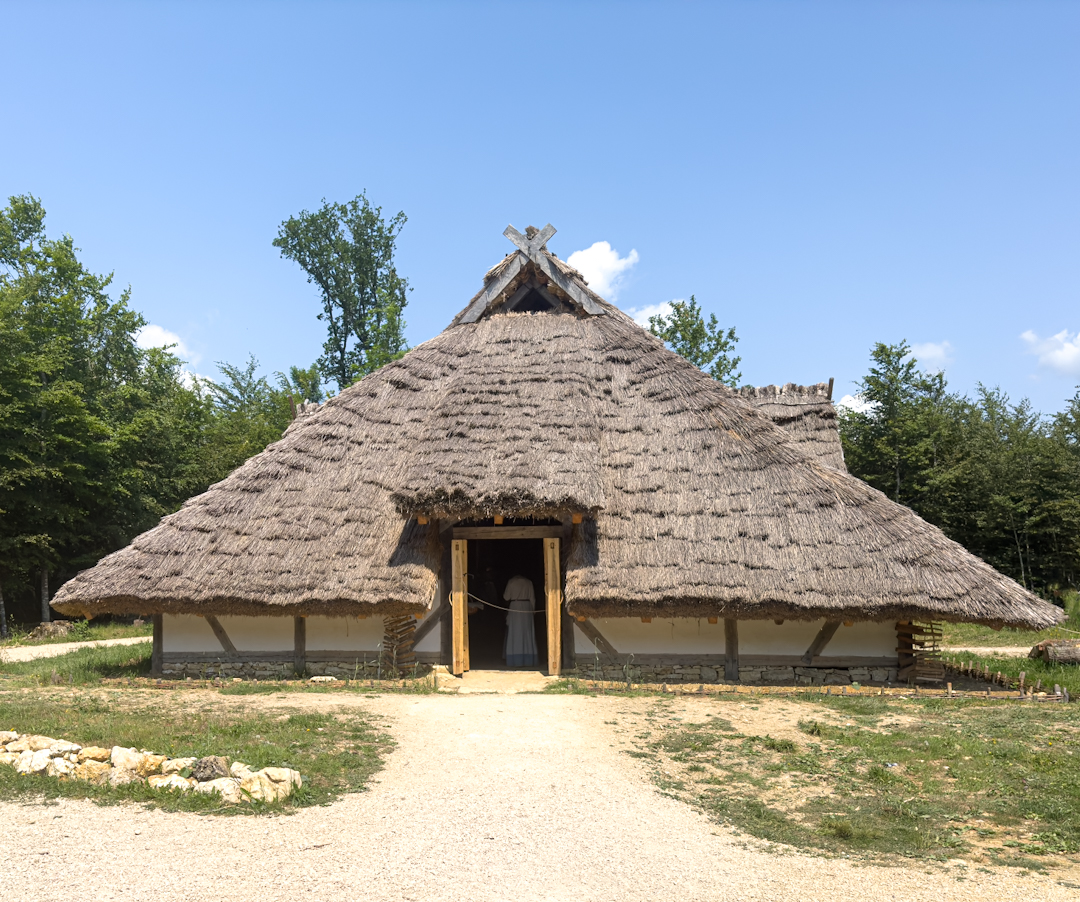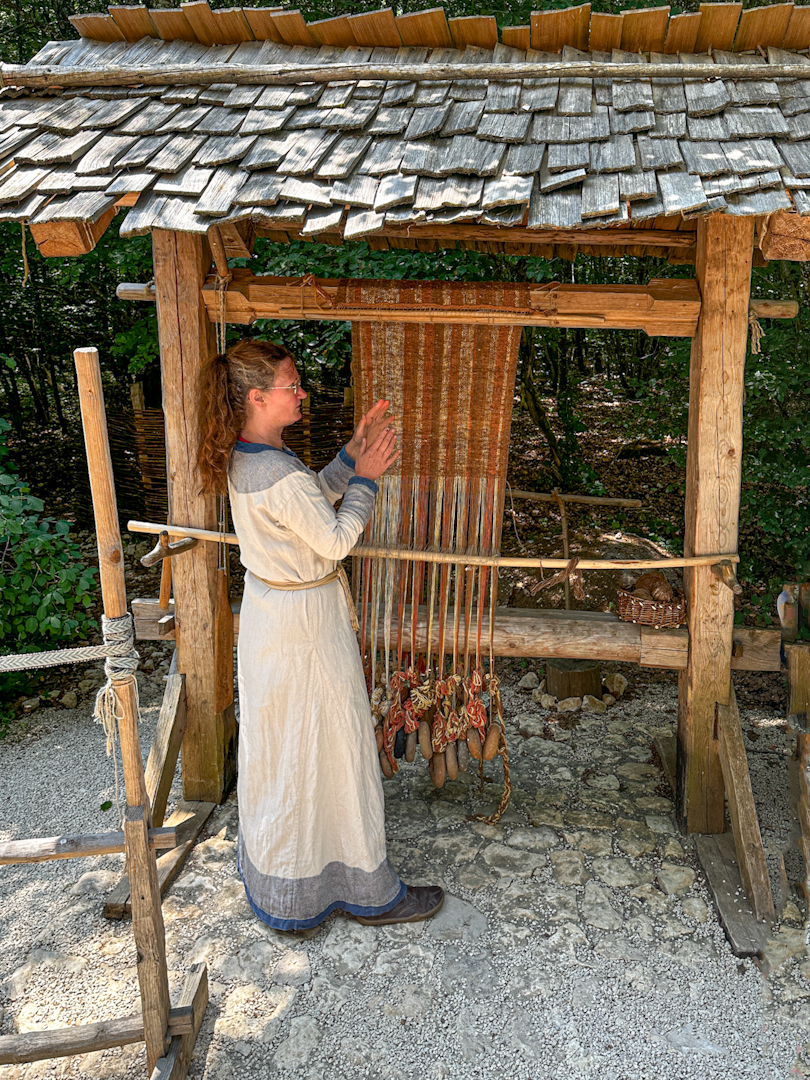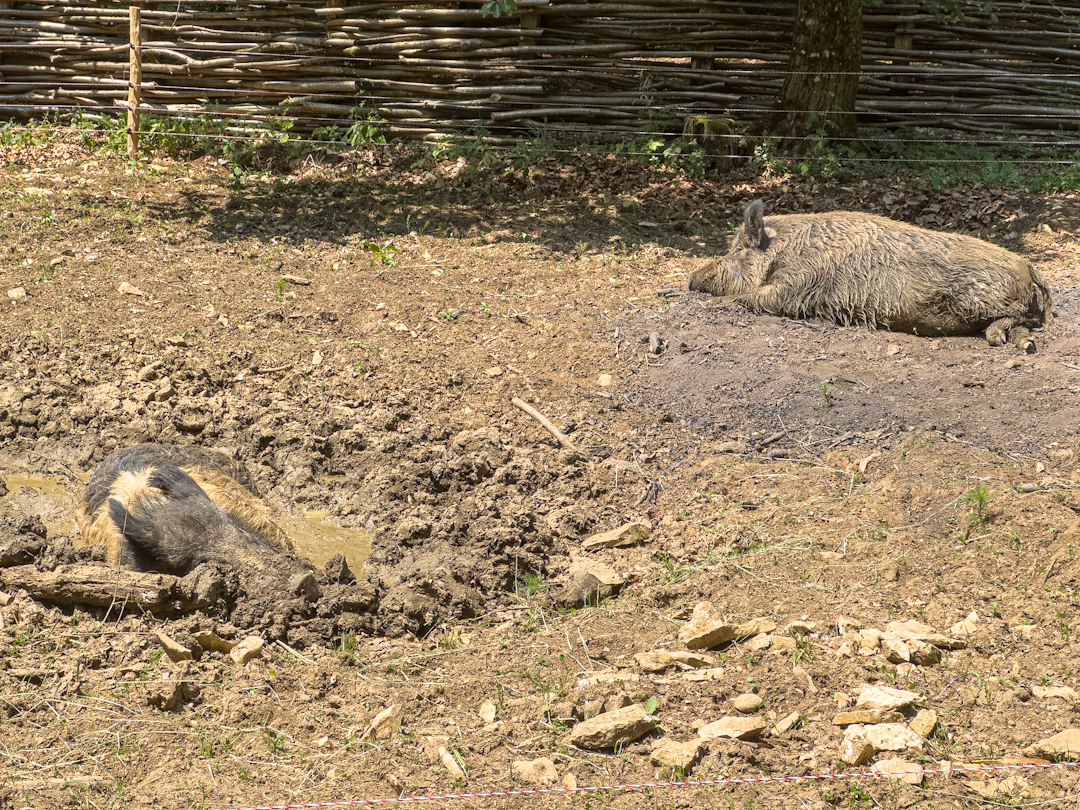Tuesday 6th June
Having messed up our visit to Campus Galli due to it being closed on Mondays, today was the day.
First we had to fill up with LPG, which we use for the fridge, when not on mains electricity, and cooking. It’s also used for heating but that’s not necessary at the moment. We have a refillable system and we’ve been running on fumes for a few days because of Italy’s rather archaic petrol stations. It is one of the few, if not the only, European country that still clings onto offering a filling service. This has not been available in the UK for 40 plus years, but in Italy it still lingers. Stranger still most stations have a self-service section and a service section. If you want your car filled by an attendant it is usually €0.20 a litre or more! Even more bizarrely if you fill up at the self service section, because the attendants have little to do, they will often fill up for you at no cost, although I usually give them a small tip.
The reason this is linked to us running low on LPG is that most stations make LPG service only. In Italy they seem to have a rule/law that LPG is only for cars that run on LPG and so that last time we tried to fill up the attendant refused because he said we were using it for cooking. Thus we have not filled up for some time.
Fortunately Germany, like most countries, has a self service system, so I was easily able to fill up with nobody worried about what the LPG was for.
It took us about 45 minutes to drive to Campus Galli. The story behind Campus Galli is that a few years ago, in St. Gallen Cathedral in Switzerland, a plan for a 9th Century monastery was discovered which had never been built. In 2013 an area of forest was cleared near Messkirch in Germany, and a project was started to build the monastery using only techniques available in the 9th Century.

Our tour revealed that at the moment the 20 or 30 craftsmen working on the project had only built essentially what is a small village. Some of it is very impressive: a large thatched barn and a wooden church roofed with wooden shingles.

No start has been made on the monastery itself and with the official leaflet saying it will take several decades to complete I wonder whether it will ever be built.

What they have at the moment is interesting in its own right but is essentially a tourist attraction to raise revenue to further the project. There are “interpreters” dressed in 9th Century clothes and craftsmen demonstrating their skills using 9th Century techniques. There are stone masons, carpenters, coopers, weavers etc. and they are happy to explain their tools and techniques, although mostly in German.

Some parts of the site, such as the vegetable garden, looked rather neglected and it’s difficult not to wonder whether this is sustainable in the long term. I hope it is, but I rather think that my generation will never see a monastery.
Following a lentil soup from the medieval kitchen, with an additional wurst for me, we drove to Ulm. I had read that the official motorhome area was often very busy, even though there are 49 places. Despite arriving at what I thought was the early time of 3.30pm, all the spaces were taken. Fortunately there is a spillover area with another 50 places, but at the time of writing nearly all of these had gone too! I hadn’t thought Ulm would be that popular, how wrong I was.
